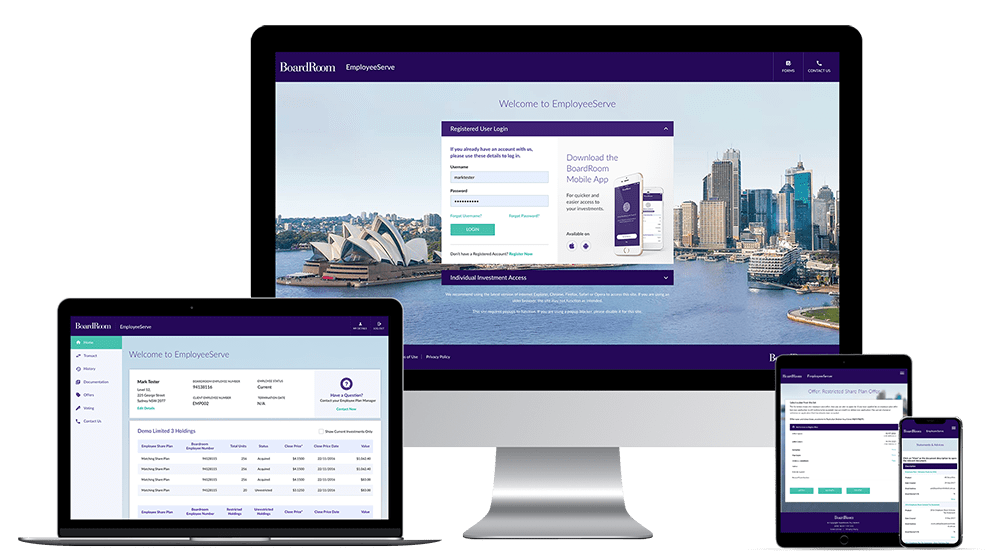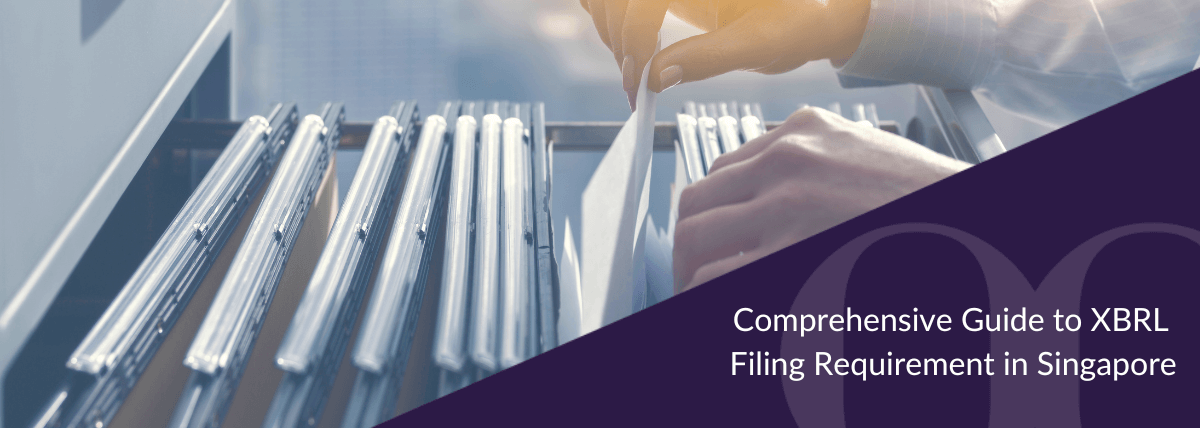What exactly is employee engagement?
Despite being a popular concept in HR and management circles, the term ‘employee engagement’ is often misunderstood. It tends to be mistaken for either employee job satisfaction or happiness.
Employee satisfaction is about meeting your employees’ fundamental needs so that they feel content with their job and working conditions. Employee engagement, by contrast, is more about how connected your people feel to your organisation, and whether they are willing to go ‘above and beyond’.
Discovering how to improve employee satisfaction in an organisation is certainly important. However, implementing effective employee engagement strategies could prove invaluable for your company. Below, we explore why, before outlining some ways that your company could increase employee engagement.
Why is employee engagement important?
Employee engagement is a win-win for both companies and their employees. According to one expert, “People who are highly engaged at work not only provide greater value to the organisation but also experience a better quality of life at work.”
As it turns out, engaged employees create a significant amount of value for the companies they work for. In 2016, researchers at Gallup reviewed existing employee engagement studies and found that “engaged employees produce better business outcomes than other employees do – across industries, company sizes and nationalities, and in good economic times and bad.”
More specifically, the Gallup researchers identified that, compared to their less engaged counterparts, engaged teams had:
- 41% lower absenteeism;
- 17% better productivity;
- 24–59% less turnover;
- 10% better customer ratings;
- 20% more sales; and
- 21% higher profitability.
In short: the research found that employee engagement significantly affects almost every business success metric.

The latest trends in employee engagement
Knowing all of the potential benefits of increasing employee engagement is one thing. Actually making it happen can be more complex (and the best strategy can vary for different companies). To help your company find the right approach, here is an overview of some of the latest trends in employee engagement strategies:
01 Providing managerial support to employees
According to The State of Employee Experience 2021 research report by EngageRocket, the most impactful way to influence engagement in Singapore is to provide managerial support to employees. Specifically, employees want to feel comfortable discussing work-related problems with their managers. Training managers to use empathy and openness may help to facilitate these types of conversations, and ultimately, help to improve relationships with employees.
02 Giving clear, regular feedback to employees
Another impactful way to influence engagement identified in the EngageRocket research is to regularly provide clear feedback to employees. Ensure that managers in your organisation schedule regular one-on-one meetings with employees so that providing feedback simply becomes part of the workplace routine. Make KPIs for employees straightforward too, so that they can receive more precise feedback.
03 Listening to employees and acting on their feedback
93% of survey respondents in the 2021 Singapore Employee Experience Trends Report believe that it is important for their company to listen to feedback. However, only 21% of respondents said that their company acted very well on feedback. Help the managers in your organisation to develop concrete action plans for incorporating feedback, and regularly report on progress to both employees and senior management.
04 Rewarding and recognising employees
‘recognition for good work’ was one of the top five drivers of employee engagement identified in the 2020 Singapore Employee Experience Trends Report. Implementing an Employee Share Option Plan (ESOP) can be an effective way to motivate employees and increase employee engagement.

How ESOPs can improve employee engagement
An Employee Share Option Plan (also known as an Employee Stock Option Plan) gives employees the option to purchase company shares at a future date for an agreed price. ESOPs differ from Employee Share Plans (including ESASs and ESPPs) in that they only give employees the future option to buy shares. In an ESAS or ESPS, employees either receive fully paid-up shares or can purchase them outright.
One of the fundamental mechanisms behind the success of ESOPs as an employee engagement tool is the concept of ‘ownership culture’. Essentially, ESOPs allow employees to become part-owners in the company they work for. As a result, employees tend to feel valued at work and become invested in the company’s long-term success, which in turn increases their share prices and dividend payments.
Beyond increasing employee engagement, ESOPs can also help to improve staff retention and wellbeing. In 2020, a Rutgers University analysis of employee attitudes towards ESOPs found that “employees with greater psychological ownership are less likely to leave and experience burnout.” A second, subsequent study found that companies with ESOPs had “dramatically outperformed” non-ESOP companies during the pandemic in job retention and maintaining employee work hours and salary.
In short, ESOPs can create a win-win for both employees and their companies. They are a great way to reward and compensate employees, which helps to boost engagement while at the same time freeing up cash for your company. And ultimately, better employee engagement could lead to significant increases in profitability.
Keys to a successful ESOP
However, ESOP success relies on how well a company communicates the plan’s value to employees and manages plan administration. Making it easy for staff to accept offers, track benefits, exercise options and sell shares in real-time means they are more likely to find value in an ESOP. One way to give employees this type of ESOP visibility is through a self-serve platform such as EmployeeServe.
Demo of EmployeeServe platform
Another key strategy to boost employee participation in ESOPs, is to develop a comprehensive staff communication plan. This plan must clearly explain the purpose of ESOPs and their value before the company begins to implement an Employee Share Option Plan. Our experienced employee share plan team can help your company communicate all the ESOP benefits to your staff and answer any technical questions.
In addition, there are a wealth of administrative processes required to successfully maintain an ESOP. You must ensure that your company has adequate resources to administer the plan. Instead of allocating in-house resources to do the time-consuming ESOP admin work, our dedicated employee share plan team here at BoardRoom can take care of it all for you. Our systems and processes are entirely flexible, allowing us to tailor a solution to meet your needs.
How BoardRoom can help you implement your ESOP
While ESOPs have many advantages, they can also be challenging to implement without the right tools and expertise.
Speak to one of our experts today about how we can help your business to implement and administer a successful Employee Share Option Plan.





